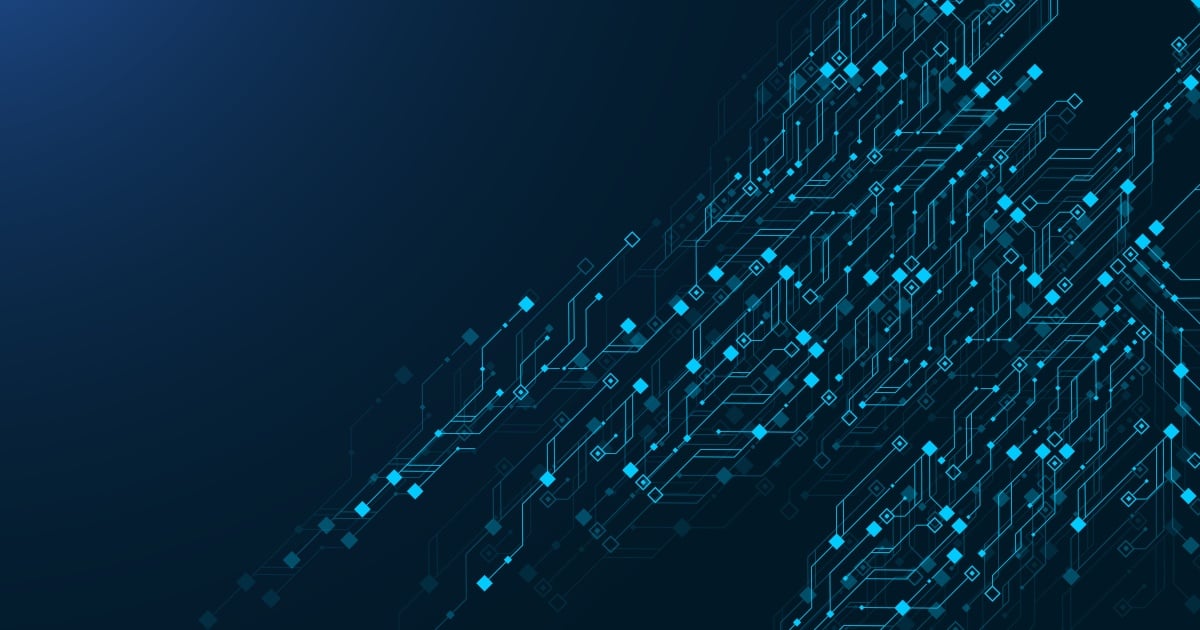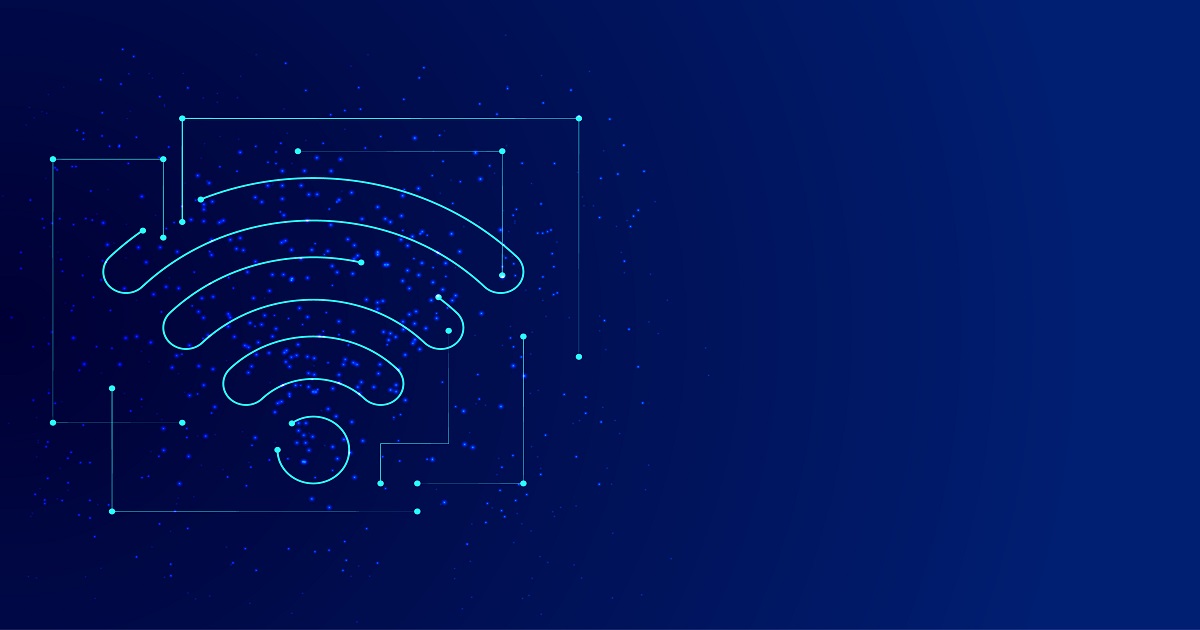New trends in technology allow water utilities to cut costs and improve service
Field service personnel and their activities account for a large percentage of a water utility’s operating costs. By increasing the efficiency of field personnel and streamlining the exchange and utilization of information across field and office, water utilities can realize significant benefits in costs and quality. More and more utilities are using technology to capture these benefits. In the process, they are transforming the way they work.
Field computing is not a new concept for water utilities. The technology is commonly applied to automate utility services in asset construction and maintenance, mapping and data collection, meter reading, inspection and repair, customer service and more. While these activities require different skills and equipment, they share several common technological needs. Spread across a utility’s functional and geographic coverage, common core technologies include geospatial data collection and management, mapping and GIS, communications, mobile resource and work management and sensors for monitoring and control.
New Trends in the Field
There are four prominent trends in field technologies affecting water utilities: Increased deployment of information to field workers; consumerization of common tools; widespread adoption of Cloud technology; and the advent of Internet-accessible smart sensors known as “The Internet of Things.” These trends reflect the continuing growth and integration in core technologies of field platforms, communications and software.
Deploying Information to Field Workers
Field technologies can deliver interactive maps, forms, maintenance records and other information directly to the point of work. By providing field crews with accurate information, utilities can boost productivity and confidence. Electronic work orders can be crosschecked with vehicle inventories to ensure that the correct tools and parts are onboard. Returns to the office for additional information can be eliminated, and field crews can immediately convey changes in field conditions to supervisors and dispatchers.
Information can even be extended to field operations in difficult conditions and remote locations. For example, many utilities-focused software solutions provide “offline modes” that enable field workers to operate even when communications are not available, which is common when responding to emergencies.
Consumerization of Common Tools
Smartphones and tablets illustrate how mobile technologies make it easier and more cost effective for utilities to adopt field solutions. In many cases, consumer products have found their way into the utility processes for data collection and information sharing. Even when utilities use commercial platforms with rugged hardware and specialized applications software, the solutions draw on the success of their consumer-grade counterparts. Because technicians often have their own products similar to commercial mobile devices, they are more likely to accept the commercial devices and learning curves become shorter for the new systems.
Adoption of the Cloud
Many utilities take advantage of Cloud services to manage and distribute information in order to bypass the challenges in setting up servers. This approach frees up resources that can be better used elsewhere. For example, the Trimble eRespond Incident Management system can be operated on local hardware as an in-house solution or as a vendor Cloud-based service.
When local integration or customization is needed, Application Programming Interfaces (APIs) make it possible to connect to enterprise systems. The easier integration enables the flow of critical information from back-office systems to where it’s needed most— the field and job site.
In addition to enhancing internal data flow and processes, cloud-based systems can improve external relations. By leveraging existing GIS and visualization technologies, water utilities can provide stakeholders with increased transparency into their services and performance as well as faster response to incidents and questions.
Smart Sensors and the Internet of Things
Sensor technologies and the Internet of Things (IoT) are among the fastest growing areas of innovation. The technologies offer utilities the opportunity to proactively monitor, manage and control the treatment and supply of drinking water from source to customer. Utilities can use secure wireless Internet connectivity to connect large numbers of sensors to Cloud-based or on-premise servers. The Internet of Things has opened the door for deployment of smart metering, monitoring and control, as well as other devices that improve performance while reducing field costs.
In addition to monitoring usage, flow, leakage and pressure, new technologies are emerging for sampling and chemical analysis to provide real-time information on water quality. In time, utilities will use Internet connectivity and smart sensors to maintain quality, prevent spills and overflows, minimize environmental impacts and maintain public health and safety.
Emerging Field Technologies
Utilities are seeking and adopting new approaches in field operations. Future field computing systems may include interactive, location-based 3D maps of water systems, above and below ground. Tablets and wearable technologies— think optical head-mount display and holographic displays such as Microsoft HoloLens—can superimpose underground assets into the image seen by the user to provide a form of X-ray vision in the field and help workers find buried assets and avoid construction disasters.
A second technology to watch is Radio Frequency Identification (RFID) and related smart asset technologies. RFID tags communicate with a mobile device to confirm that personnel are working on the correct asset and to store maintenance data and other manufacturer and operating information. For underground assets, RFID can inform workers about the contents of manholes, depth of an asset and instructions for operation.
As these and other technologies continue to evolve, the water utility industry is seizing the opportunities. By taking advantage of the technologies available today and staying engaged with technological growth, organizations can realize essential gains in customer service, technical operations and financial performance.
About the author: Chris Stern is director of strategy and portfolio development for Trimble’s global water business. He has more than 20 years’ experience in technology and utility industries, and was the principal investigator on the Water Research Foundation’s “Field Computing Applications and Wireless Technologies for Water Utilities” report published in 2008. Prior to joining Trimble, Stern was founder and chief executive officer of an industry software company later acquired by Trimble, and served as the Los Angeles Department of Water and Power’s water research and technology officer.
Edited by
Ken Briodagh





